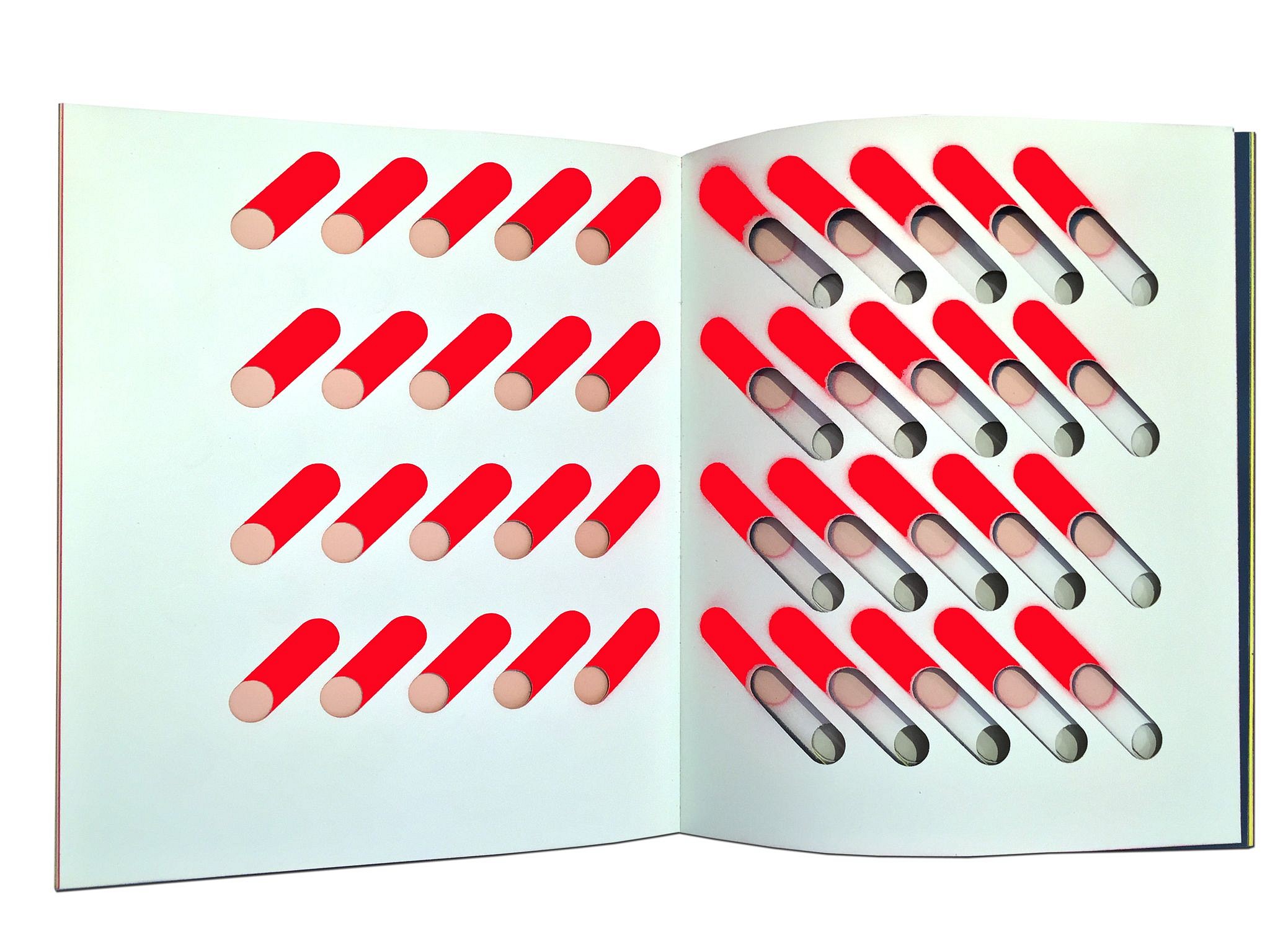PRESS RELEASE

A unique book must be rare, distinctive, one of a kind. Most books are published in multiples and, as objects, are not unique. In contrast, the works featured in this exhibition stand apart as individual works of art–some made or conceived by fine artists who make books, others by book artists who create exclusively in this medium, and still others that draw upon the talents of both artists and writers.
Before the introduction of printing, books were produced by hand, and ever since the medieval age, artists have connected with the written word. Hence, it is fitting that Unique Books includes a Livre des Heures (Book of Hours) illuminated by the workshop of the French Master of the Rouen Échevinage, Rouen’s leading illuminator at the close of the Middle Ages. In a similar vein, images and words complement one another in several books in this exhibition featuring the creative expressions of early modern masters. For example, an original signed pencil and ink drawing by Marc Chagall, in addition to etchings in aquatint by the artist, grace the pages of Jean Giraudoux’s Les Sept péchés capitaux (The Seven Deadly Sins), 1926. Ten original lithographs by Giorgio de Chirico illustrate Jean Cocteau’s manuscript for Mythologie, 1934. Wilfredo Lam y so obra vista a traves de significados criticos, 1950, joins the analyses of Cuban anthropologist Fernando Ortiz and Cuban artist Wilfredo Lam’s unique fusion of Surrealism, abstraction, and his Afro-Cuban and Chinese heritage.
The advent of photography in the mid-nineteenth century introduced infinite possibilities for book art, and Anna Atkins’ Photographs of British Algae: Cyanotype Impressions, 1843, is a groundbreaking exemplar hailed as the world’s first book of photography. Atkins utilized Sir John Hershel’s newly invented cyanotype technique, placing seaweed specimens on light-sensitive paper which was later exposed to sunlight to create handmade photographic prints. Atkins published only a small number of copies for private circulation, each one unique.
Photography’s capability to bridge science and technology with artistic expression has inspired many throughout the ages. Over one hundred years after Atkins, Surrealist photographer Hans Bellmer released his creative potential in Les Jeux de la poupée (The Games of the Doll), 1949. Bellmer presents hand-colored gelatin silver prints of his fetishistic doll sculptures in a series of theatrical tableaux vivants that reflect the avant-garde’s exploration of the unconscious.
The artists of Unique Books make pages sing with breathtaking gestures and techniques. Onishi Chinnen is renowned as one of the finest Maruyama-Shijo style artists in Edo, Japan. His color woodcuts of birds, flowers, turtles, and tranquil boating party scenes in Sonan Gafu (Sonan’s Picture Album) published in 1834 demonstrate a magical blend of realism and spontaneity. Giuseppe Penone employed the eloquent technique of charcoal frottage to create rubbings of tree trunks that embellish long vertical scrolls of paper on canvas in Albero - Il suo essere fino al 49mo anno d’età in un’ora fantastica, 1972. Each example of the edition of thirty is a unique tree work, akin to a fingerprint that identifies a wondrous specimen of nature. Brigid Berlin’s untitled book of breast prints, 1972, takes its inspiration from nature as well, in this case the human form. Her so-called Tit Prints involved dipping the artist’s breasts into paints of various hues, and pressing them upon paper or canvas to create unique prints that are simultaneously abstract yet intimate. Unique Books also includes foundational works of the contemporary artist’s book genre by trailblazing artists such as Dieter Roth and Ed Ruscha. Roth in many respects worked in the spirit of Marcel Duchamp’s readymades, appropriating everyday objects and converting them into works of art. For Daily Mirror Book, 1962, Roth cut pages from a London tabloid into small squares and bound them with cheesecloth to create a miniature art object that raises the question, “What is a book?” while simultaneously posing a political challenge to the anemic press. The deluxe edition of Snow, 1970, features one-of-a-kind covers, each embellished with a unique image created with crushed light bulbs embedded in glue. Ruscha, who made his art world debut as a Pop artist with an uncanny penchant for using words as both linguistic signifiers and visual art, is Roth’s American kindred spirit and fellow pioneer of the artist’s book genre. In the self-published and signed Stains, 1969, Ruscha took pains to make certain that no two mixed-media stains are alike.
In many respects, Roth and Ruscha paved the way for contemporary artists who use the book form as a means toward self-expression, stepping outside the traditional fine arts boundaries to create works that transform the physical properties of a book by utilizing avant-garde techniques and unexpected materials. Sculptor and book artist Noriko Ambe, for example, creates topographical wonders out of books. Her Geography of Japan II, 2002, is comprised of myriad layers of precisely cut pages invading a Japanese encyclopedia. In another example, Josh Smith uses a laminating machine and selects unorthodox elements such as take out menus, cigarette butts, and a fish head cut from cardboard to create the covers of his Copy Book 510, 2011. The books described are only several of the remarkable books featured in the exhibition—eclectic and extraordinary, each unique yet bound together by their underlying pursuit of inimitable expression. There are many variables that make a book unique—the cover, inserted art work, cut outs, dedications, tip-ins, hand-colored illustrations, photographs, rubbings, unconventional materials, or alteration of an existing publication. Spanning centuries, each of the volumes on display evokes an era of book making, a newly developed technique, or an idiosyncratic practice, vividly confronting and enriching our understanding of what a book might be.
Sydelle Rubin-Dienstfrey, PhD
Art Historian


